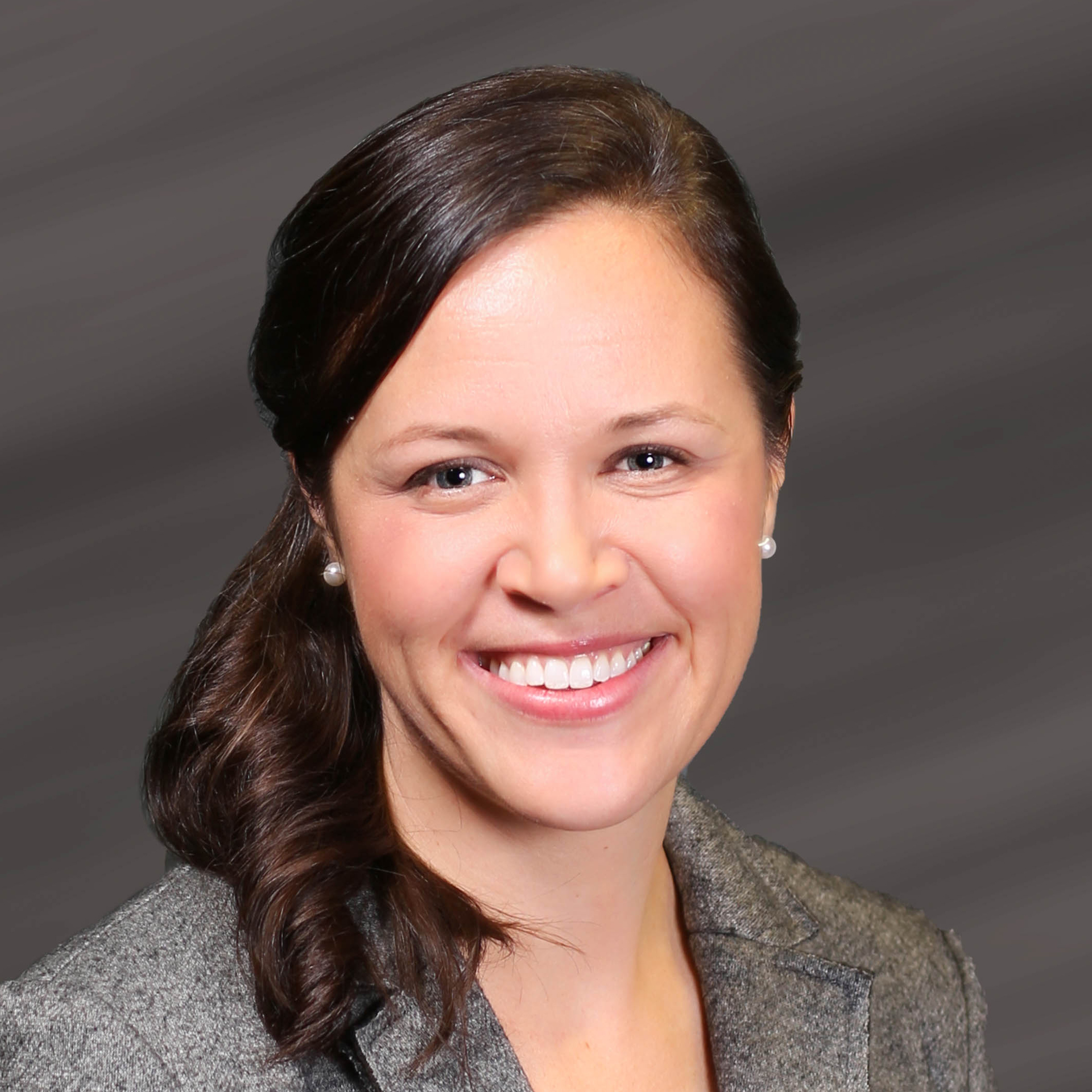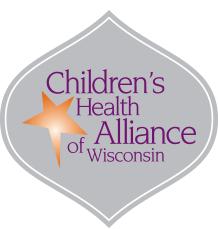Written by Jenna Linden
In November, Children’s Health Alliance of Wisconsin’s (the Alliance) oral health team, filmed a highlight feature on the innovative integration of dental hygienists into the primary care team at the Sixteenth Street Community Health Centers in Milwaukee, in collaboration with the creative expertise of Majic Productions. At their bustling Chavez location, the health center offers pediatric and prenatal patients dental preventive care (including: assessments, fluoride varnish, silver diamine fluoride, education and coordination of care for dental home), all within the framework of their existing medical visits.
The Wisconsin medical dental integration (WI MDI) model leverages direct access to dental hygienists working independently in specified settings, which in 2017 significantly expanded to include locations such as medical clinics, nursing homes and home health care agencies. Access Community Health Centers located in Madison, have also successfully integrated a dental hygienist into their primary care team at two separate locations. One of their team members contributed their talent to the filming by providing the voice-over for the video.
Highlighting Medical Dental Integration
Learn about the innovative integration of dental hygienists into the primary care team at the Sixteenth Street Community Health Centers in Milwaukee.
Learn how dental hygienists can work in non-traditional settings to bring dental care to more locations and people statewide.
Integrating dental hygienists into primary care teams
This integration of dental hygienist into primary care teams is occurring in 10 health systems and centers statewide, bringing numerous benefits for patients:
- Improved oral health by having a dental hygienist as part of the primary care team, patients can receive preventative dental care and education early and often during routine medical visits. This can help prevent dental problems from developing or getting worse, leading to better health overall.
- Convenience allows patients to receive dental care at the same location as their primary medical care. Care coordination support provided by the dental hygienist, streamlines establishment of a dental home to provide comprehensive care.
- Cost savings by integrating dental care into primary care, patients may be able to avoid costly dental procedures or emergency room visits that could have been prevented with routine care.
- Early detection of dental issues with regular dental assessments, education and prevention. Dental hygienists can identify potential dental problems early on, before they become more serious and require more extensive treatment.
- Improved overall health outcomes. Poor oral health has been linked to a variety of other health issues, such as heart disease and diabetes. By improving oral health, patients can achieve improvements in their overall health and well-being.
This publication is supported by the Health Resources and Services Administration (HRSA) of the U.S. Department of Health and Human Services (HHS) as part of an award totaling $400,000 with 40% financed with nongovernmental sources. The contents are those of the author(s) and do not necessarily represent the official views of, nor an endorsement, by HRSA, HHS, or the U.S. Government. For more information, please visit HRSA.gov.

Written by:
Jenna Linden, BSDH, RDH, CDHC
Program Leader, Oral Health


